The safety and efficiency of a large, complex nuclear reactor can be improved by hardware as simple as a tiny sensor that monitors a cooling system. Researchers at the Department of Energy’s Oak Ridge National Laboratory (ORNL) are working to make those basic sensors more accurate by combining them with electronics that can withstand the intense radiation inside a reactor.
The ORNL research team recently met with high success using a gallium nitride semiconductor for sensor electronics. A transistor made with this material continued with operations near the core of a nuclear reactor operated by research partner The Ohio State University.
Gallium nitride is a wide-bandgap semiconductor. It had previously been tested against the ionizing radiation encountered when rockets travel through space. Devices that employ wide-bandgap semiconductors can operate at much higher frequencies, temperatures and irradiation rates. However, gallium nitride had not faced the even more intense radiation of neutron bombardment.
Kyle Reed is a member of the Sensors and Electronics group at ORNL. He is the lead researcher for the transistor research. He said, “We are showing it is great for this neutron environment.”
This discovery could offer a big boost for equipment monitoring in nuclear facilities. The information collected by sensors provides early warnings about wear and tear on equipment. This allows timely maintenance to avoid broader equipment failures that cause reactor downtime. Currently, this sensing data is processed from a distance. It must travel through yards of cable connected to electronics with silicon-based transistors.
Reed said, “Our work makes measuring the conditions inside an operating nuclear reactor more robust and accurate. When you have lengthy cables, you end up with a lot of noise, which can interfere with the accuracy of the sensor information. By placing electronics closer to a sensor, you increase its accuracy and precision.” In order to meet that goal, scientists need to develop electronics that can better tolerate radiation.
Researchers irradiated gallium nitride transistors for three days at temperatures up to one hundred and twenty-five degrees Celsius close to the core of The Ohio State University Research Reactor.
Reed added, “We fully expected to kill the transistors on the third day, and they survived. The team pushed the transistors all the way to the reactor’s safety threshold which was seven hours at ninety percent power.”
The gallium nitride transistors were able to withstand at least one hundred times higher accumulated dose of radiation than a standard silicon device, said researcher Dianne Ezell, leader of ORNL’s Nuclear and Extreme Environment Measurements group and a member of the transistor research team.
She said that the transistor material must be able to survive at least five years, the normal maintenance window, in the pool of a nuclear reactor. The research team exposed the gallium nitride device to days of much higher radiation levels within the core itself. They concluded that the transistors would exceed that requirement.
This is a critical technical advance as researchers turn from the large-scale existing fleet of nuclear energy plants to microreactors that could generate from tens to hundreds of megawatts of power. These novel reactor designs are still in the development and licensing stage. Their potential portability could allow them to be deployed on the back of a truck to a military or disaster zone.
Blog
-

Oak Ridge National Laboratory Researches The Use Of Gallium Nitride For Nuclear Reactor Sensors
-
Nuclear News Roundup Jun 28, 2024
French EDF and Italian steelmakers consider joint investments in nuclear power gmk.center
IAEA Launches CRP: Nuclear Security and Uncrewed Vehicles miragenews.com
Nuclear wap shows ‘safest’ States to buy home in in case of nuclear conflict irishstar.com
Korea anticipates revival of its domestic nuclear industry neimagazine.com
-
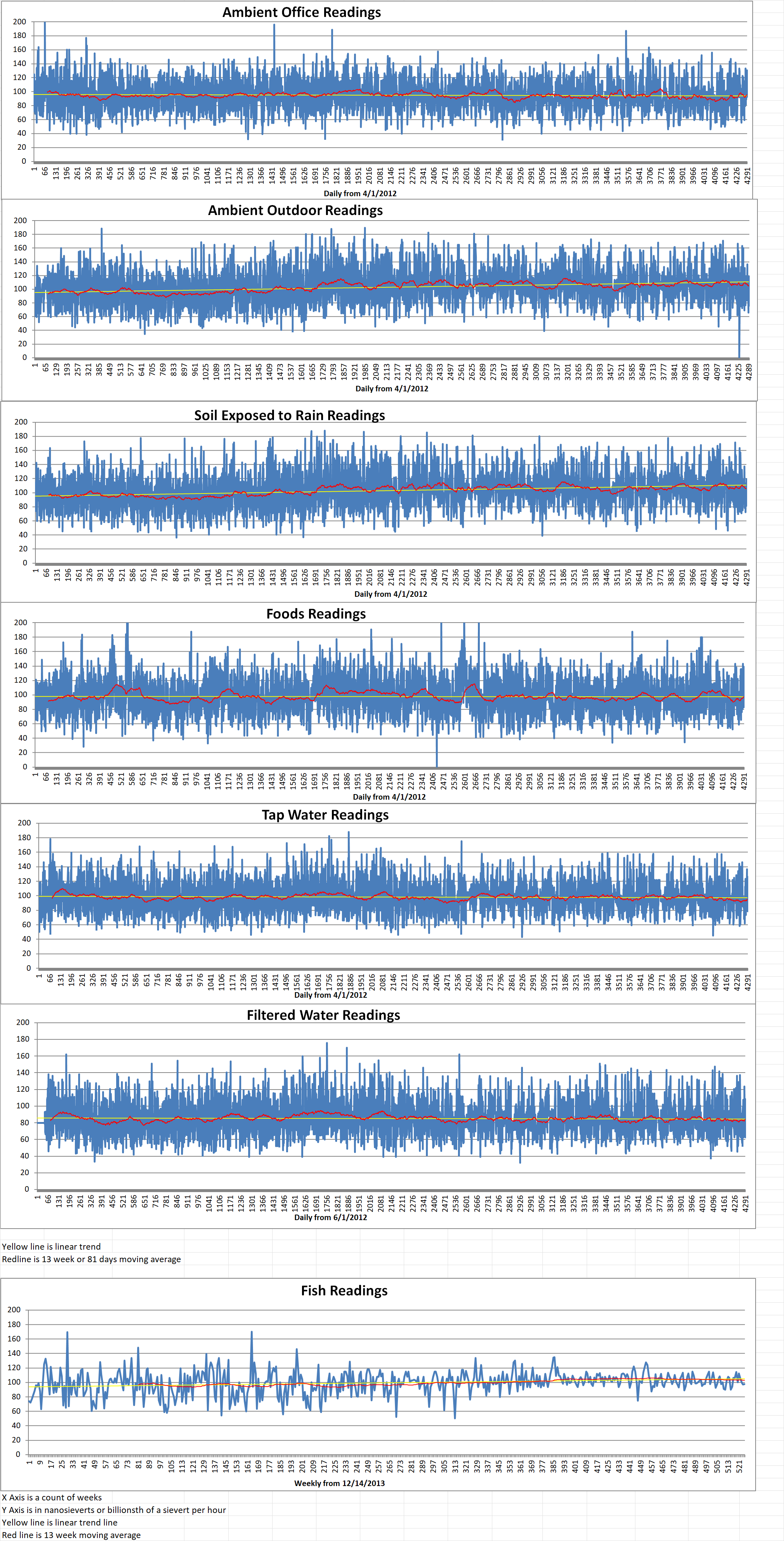
Geiger Readings for Jun 28, 2024
Ambient office = 130 nanosieverts per hour
Ambient outside = 76 nanosieverts per hour
Soil exposed to rain water = 81 nanosieverts per hour
Blueberry from Central Market = 139 nanosieverts per hour
Tap water = 126 nanosieverts per hour
Filter water = 109 nanosieverts per hour
-
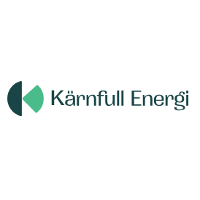
Kärnfull And Steady Energy Collaborating On District Heating In Sweden
Swedish company Kärnfull is a small modular reactor (SMR) project development firm. Kärnfull has formed a strategic partnership with Finnish SMR developer Steady Energy to introduce SMRs for district heating in Sweden.
The partners said the collaboration “leverages Kärnfull’s innovative financing structures and delivery models to bring Steady Energy’s world-leading district heating reactors to Sweden”.
Steady Energy was spun out in May 2023 from the VTT Technical Research Centre of Finland. It has previously signed letters of intent for the delivery of up to fifteen LDR-50 reactors to Helsinki’s local utility Helen and Kuopio Energy in eastern Finland. The construction of the first commercial plant is estimated to begin in 2028, with the first unit anticipated to be operational by 2030. Construction of the first SMR pilot plant in Finland will start next year with candidate sites in Helsinki, Kuopio and Lahti.
The LDR-50 district heating SMR has a thermal output of fifty megawatts. It has been under development at VTT since 2020. The LDR-50 is designed to operate at around one hundred and fifty degrees Celsius and below ten bar (one hundred and forty five psi). The LDR-50 reactor module is composed of two nested pressure vessels, with their intermediate space partially filled with water. When heat removal through the primary heat exchangers is compromised, water in the intermediate space begins to boil. This forms an efficient passive heat transfer route into the reactor pool, the company said. The system does not rely on electricity or any mechanical moving parts. These could fail and prevent the cooling function.
Kärnfull Next is a fully-owned subsidiary of Kärnfull Future AB. It intends to have the first commercial SMR operational at a new nuclear site in Sweden by the early 2030s.
Christian Sjölander is the CEO of Kärnfull Next. He said, “We are delighted to collaborate with Steady Energy to bring their sleek, cost-effective solution to. With Steady’s reactor in our portfolio, we complement our electricity-focused Re:Firm SMR program with a new bespoke district heating program called Re:Heat. It will target municipalities in need of sustainable heating solutions.”
Tommi Nyman is the CEO of Steady Energy. He added, “We are very proud to partner with trailblazers Kärnfull Next. Sweden’s electricity consumption is projected to increase significantly to meet net-zero targets, driven by the electrification of transport and industry. This necessitates corresponding clean heating energy to maintain Sweden’s carbon commitments.”
According to the partners, Sweden’s district heating consumption totals fifty terawatts per year. Two-thirds of this consumption comes from biomass, with fuel costs rising sharply in recent years. The future of biomass within district heating is debated because it is seen to have more valuable alternative uses. In addition, the combustion of biomass leads to the emission of biogenic greenhouse gases.
Nyman said, “Heating a large city with biomass requires a pile of logs the size of a football field every single day, with a constant stream of trucks around the clock. It is high time that our societies limit burning wood to heat our homes. By combining our expertise, Steady Energy and Kärnfull Next are poised to bring SMR district heating to Sweden. It will help meet ambitious climate and sustainability goals.” -
Nuclear News Roundup Jun 27, 2024
North Korean cyber APT targeting nuclear secrets computerweekly.com
Pension fund PME is considering investing in nuclear power dutchnews.nl
China demands US commitments on nuclear weapons news.az
Union Budget: Small nuclear reactors, solar rooftops for energy security energycentral.com
-
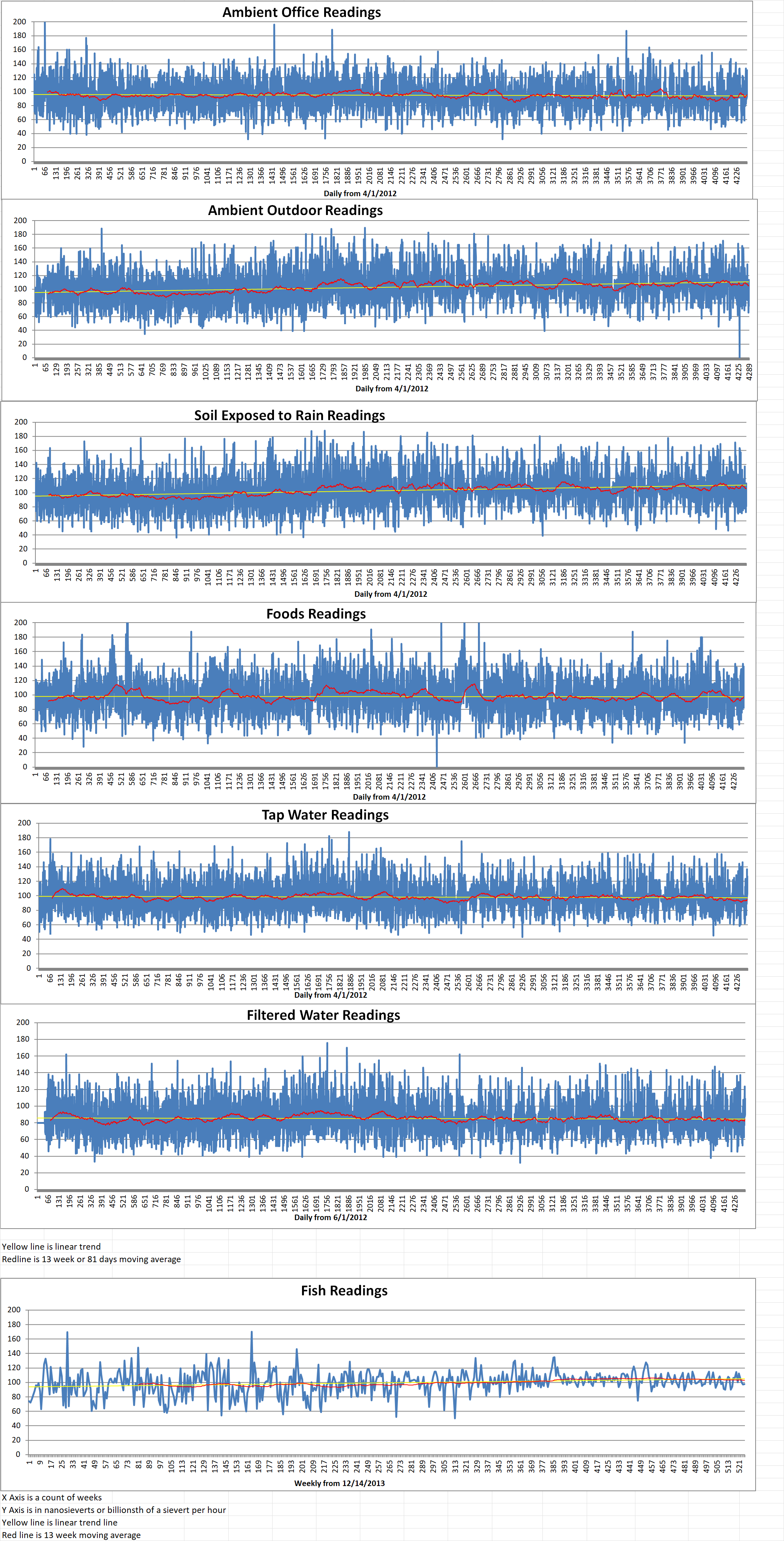
Geiger Readings for Jun 27, 2024
Ambient office = 93 nanosieverts per hour
Ambient outside = 105 nanosieverts per hour
Soil exposed to rain water = 108 nanosieverts per hour
Avocado from Central Market = 92 nanosieverts per hour
Tap water = 111 nanosieverts per hour
Filter water = 94 nanosieverts per hour
-
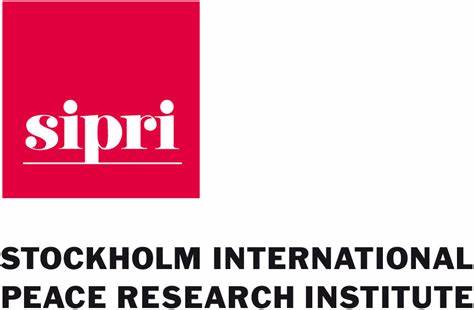
Total Global Nuclear Warhead Spending Approaches One Hundred Billion Dollars
Global spending on nuclear weapons is estimated to have increased by thirteen percent to ninety-one billion four hundred million dollars during 2023. This estimate was based on calculations from the International Campaign to Abolish Nuclear Weapons (ICAN) pressure group.
The new total spending is up ten billion seven hundred million dollars from the previous year. The increase is driven largely by sharply increased defense budgets in the U.S. This is a time of wider geopolitical uncertainty caused by Russia’s invasion of Ukraine and the Israel-Hamas war.
All nine of the nations with nuclear weapons are spending more, ICAN added. China is judged to be the second largest spender with a budget of twelve billion dollars. China’s total is well below the fifty-one billion nine hundred million dollars attributed to the US.
Russia is the third largest spender, at eight billion three hundred billion dollars. They are followed by the U.K. at eight billion one hundred million dollars and France at six billion one hundred million dollars. Estimates for authoritarian states or the three countries with undeclared nuclear program (India, Pakistan and Israel) are all complicated by a major lack of transparency.
Susy Snyder is one of the authors of the research. She warned that nuclear states are “on course to be spending one hundred billion dollars a year on nuclear weapons” and said that the money could be used on environmental and social programs instead.
Snyder said, “These billions could have been used for combating climate change and saving animals and plants that sustain life on Earth from extinction, not to mention improving health and education services around the world.”
Over the past five years nuclear weapons spending has soared by thirty-four percent or twenty-three billion four hundred million dollars. Spending by the U.S. increased by forty five percent during that time and by forty-three percent in the U.K., and at current trends will surpass one hundred billion dollars in 2024.
Vladimir Putin is Russia’s president. He has referred repeatedly to his country’s nuclear arsenal to warn the west of a direct military intervention in Ukraine since launching the full-scale invasion in February 2022. Russia also started a series of exercises simulating the use of tactical nuclear weapons near the Ukrainian border in May.
Data compiled by the Stockholm International Peace Research Institute (SIPRI) shows that the total number of active nuclear warheads is also slightly higher, at five thousand five hundred and eighth five. This increase has been driven largely by China increasing its arsenal from four hundred and ten to five hundred.
The largest nuclear states are the U.S. and Russia, who possess around ninety percent of all warheads. Russia has four thousand eighty nuclear warheads deployed or in storage, compared with the US three thousand seven hundred and eight.
The SIPRI researchers said that “Russia is estimated to have deployed about 36 more warheads with operational forces than in January 2023.” However, they added that there was no firm evidence that Moscow had deployed any of its nuclear missiles in Belarus, despite public statements from Putin and Belarus’s president Alexander Lukashenko.
Britain’s nuclear weapon arsenal is estimated to remain unchanged at two hundred and twenty-five warheads (as is France’s at two hundred and ninety warheads). However, three years ago the U.K. said it would raise the cap on the number of warheads it was willing to stockpile to two hundred and sixty Trident warheads to counter perceived threats from Russia and China.
Wilfred Wan is the director of SIPRI’s weapons of mass destruction program. He said, “We have not seen nuclear weapons playing such a prominent role in international relations since the cold war.”
He contrasted the numbers of warheads deployed with a joint statement signed by the U.S., U.K., France, China and Russia in 2022. Building on earlier statements, the five countries with the most nuclear warheads declared that “a nuclear war cannot be won and must never be fought”. -
Nuclear News Roundup Jun 26, 2024
Study highlights benefits of nuclear district heating world-nuclear-news.org
L&T flags off second steam generator for new Kaiga units world-nuclear-news.org
Serbia gathers experts to establish nuclear energy programme world-nuclear-news.org
Construction of Leningrad 7 ‘running ahead of schedule’ world-nuclear-news.org
-
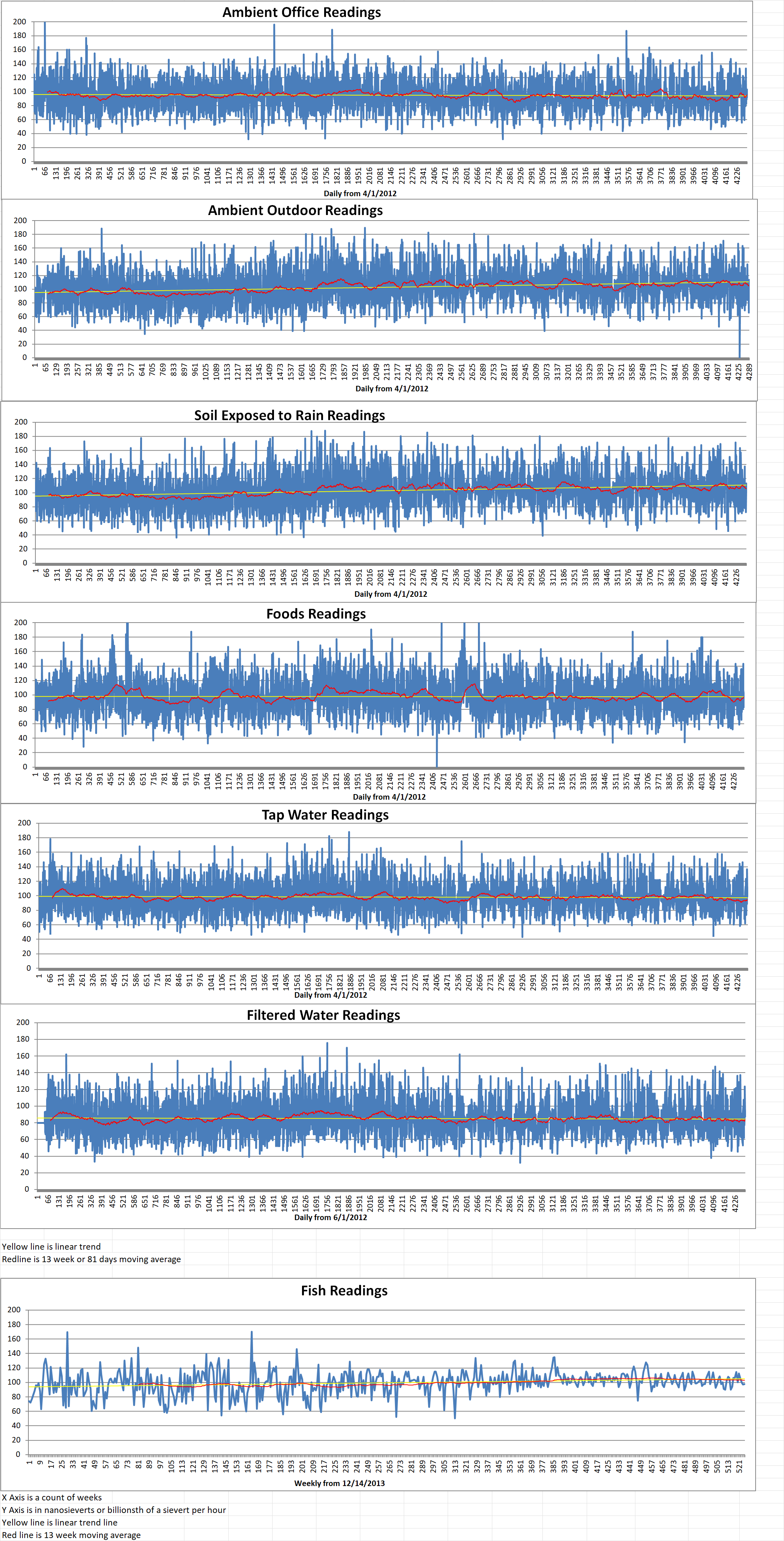
Geiger Readings for Jun 26, 2024
Ambient office = 98 nanosieverts per hour
Ambient outside = 114 nanosieverts per hour
Soil exposed to rain water = 113 nanosieverts per hour
Asparagus from Central Market = 83 nanosieverts per hour
Tap water = 104 nanosieverts per hour
Filter water = 90 nanosieverts per hour
-
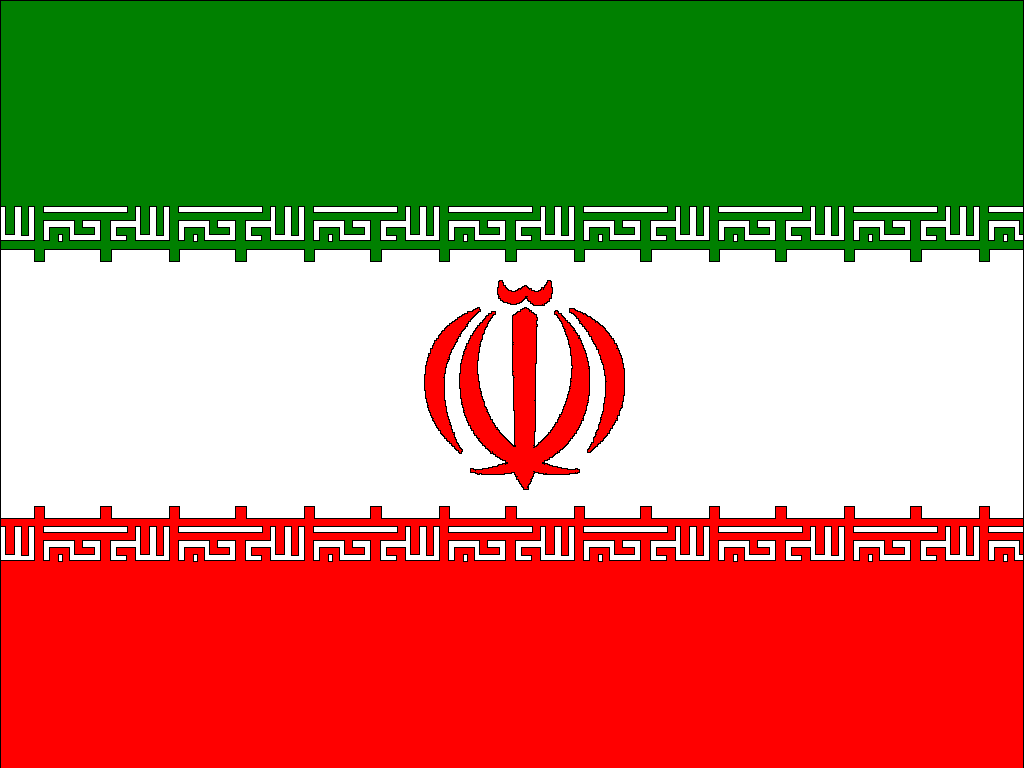
Iran Increases Enrichment Of Uranium
Iran has started up new cascades of advanced centrifuges. It plans to install others in the coming weeks after facing criticism over its nuclear program, the United Nations’ atomic watchdog said Friday. The U.S. said that it considers the moves ‘nuclear escalations.’
Spinning up new centrifuges further advances Iran’s nuclear program. The program already enriches uranium at near-weapons-grade levels. It boasts a stockpile big enough for several nuclear bombs if it chose to pursue them.
The acknowledgement from the International Atomic Energy Agency (IAEA) did not include any suggestion that Iran planned to go to higher enrichment levels in spite of increased tensions between Tehran and the West as the Israel-Hamas war rages in the Gaza Strip.
The IAEA stated that its inspectors verified last Monday that Iran had begun feeding uranium into three cascades of advanced IR-4 and IR-6 centrifuges at its Natanz enrichment facility. Cascades are clusters of centrifuges that spin uranium gas to more quickly enrich the uranium.
Iran has been enriching uranium in those cascades up to two percent purity. Iran already enriches uranium up to sixty percent. That is a short, technical step away from weapons-grade levels of ninety percent.
Iran also plans to install eighteen cascades of IR-2m centrifuges at Natanz and eight cascades of IR-6 centrifuges at its Fordo nuclear site. Each of these classes of centrifuges enrich uranium faster than Iran’s baseline IR-1 centrifuges. The IR-1 centrifuges remain the workhorse of the country’s atomic program.
Iran did not immediately admit their decision. It comes after Iran threatened to take action following a vote earlier this month at the IAEA’s Board of Governors that censured Iran for failing to cooperate completely with the agency.
The decision was immediately criticized by State Department spokesman Matthew Miller. He said, “Iran aims to continue expanding its nuclear program in ways that have no credible peaceful purpose. These planned actions further undermine Iran’s claims to the contrary. If Iran implements these plans, we will respond accordingly.”
Miller did not give any detail on what steps the U.S. and its allies might take. Iran already faces grinding economic sanctions from Washington and others that have deeply hurt its economy and sent its rial currency crashing over recent years.
Iran’s 2015 nuclear deal with world powers collapsed following the U.S.’ unilateral withdraw from the accord in 2018. Since then, it has pursued nuclear enrichment just below weapons-grade levels. U.S. intelligence agencies and others do not believe that Iran has begun a weapons program yet.
Iran is a signatory to the Treaty on the Non-Proliferation of Nuclear Weapons. It has pledged to permit the IAEA to visit its atomic sites to ensure its program is peaceful. Iran agreed to additional oversight from the IAEA as part of the 2015 nuclear deal. However, for years it has curtailed inspectors’ access to sites. It also does not fully answer questions about other sites where nuclear material has been found in the past.
Rafael Mariano Grossi is the IAEA’s director-general. He visited Iran in May in an effort to increase inspections, but there hasn’t been any major public change in Iran’s stance.
All this comes as Iran also appears to be trying to contain the risk it faces from the U.S. following an unprecedented attack on Israel. The assault was a response to a suspected Israeli strike on April 1 which killed two Guard generals and others in Damascus, Syria. This attack has pushed a yearslong shadow war between Israel and Iran out into the open.
